Google Ads has quietly begun rolling out AI Max as a beta test to a limited set of advertiser accounts in the UK, giving early access to its next-generation AI-driven campaign framework.
This beta phase is designed to let select advertisers explore AI Max’s advanced automation features – such as enhanced targeting, predictive bidding, and integrated brand controls – before a wider release. Google aims to gather feedback on performance, usability, and brand safety as it fine-tunes the system.
However, with this rollout, AI Max is now the mandatory home for brand inclusions and exclusions in all new Search campaigns.
What does this mean for Brand Lists?
Brand targeting settings, previously managed independently, are now fully integrated into the AI Max framework. When creating a new campaign, advertisers will find these controls exclusively inside the AI Max settings panel:

Existing campaigns keep their current brand lists for now, but if you want to create or edit new brand inclusions or exclusions, you’ll need to activate AI Max.
Why it matters for marketers
Google Ads brand list inclusions let advertisers choose which brand queries their ads will be associated with. Similarly, brand exclusions mean your campaign won’t serve for queries associated with a brand that you want to avoid.
However, with the rollout of AI Max, full control over brand targeting now comes with a non-negotiable side of automation.

So where previously advertisers could simply include or exclude brands, they now have to activate the following as well:
- Expanded query matching: utilises broad match and keywordless technology to identify high-performing search queries beyond existing keywords
- Text customisation: dynamically generates and adjusts ad headlines and descriptions based on landing pages, ads, and keywords to align with user intent
- Final URL expansion: automatically directs users to the most relevant landing page for their search query, with options to exclude specific URLs
See Vic’s previous post for full details: https://browsermedia.agency/blog/google-to-roll-out-ai-max-for-search-campaigns/

Now, advertisers can choose to opt out of text customisation and Final URL optimisation (but please note that you cannot select Final URL optimisation without selecting text customisation as well). But how well is this type of campaign going to work without using those features?
The bigger picture
Google is steadily guiding advertisers toward an AI-powered future, where automation and control are intertwined within the campaign setup. While some may view this as limiting control, others will see it as an opportunity to leverage Google’s AI for more efficient and effective campaigns.
Bottom line: If you want to keep the reins on brand targeting in new Search campaigns, AI Max isn’t optional anymore – it’s the new default.

